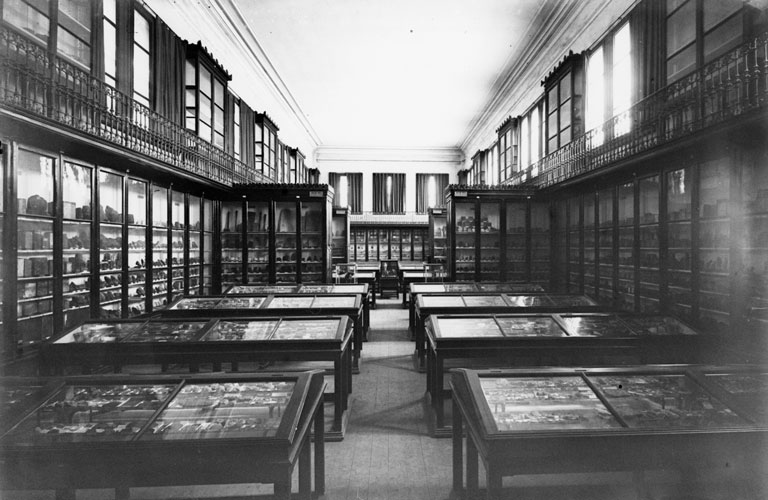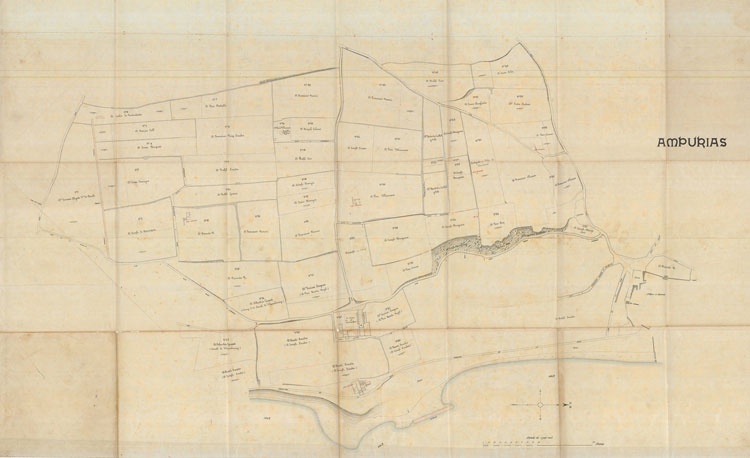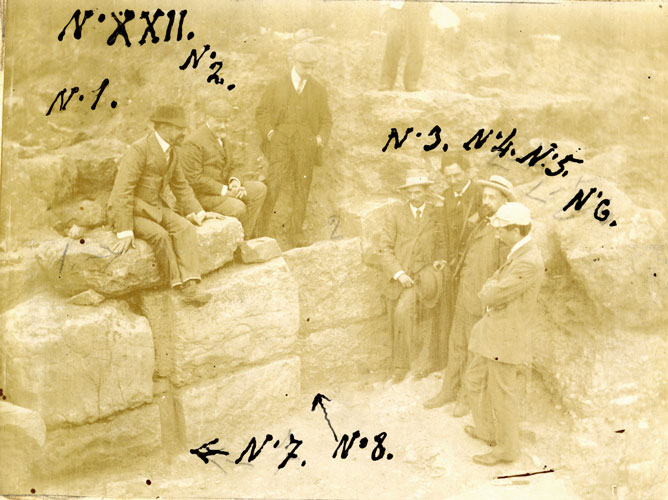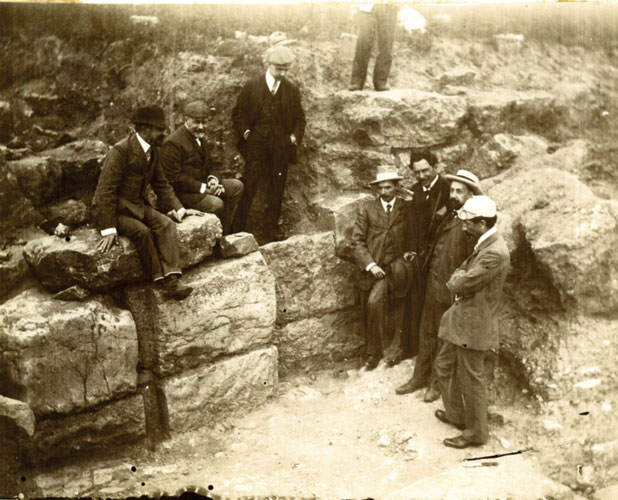català
español
english
français
Archaeology and political and cultural Catalanism
The origins of an exceptional decade, 1907-1914
World War 1, Mancommunity, IEC and Pere Bosch Gimpera
1915. A first attempt at professionalization
Catalan archaeology’s prodigious decade
Catalan archaeology in and beyond Catalonia
The great adventure in Baix Aragó
The Balearic and Pityuses Islands: the personal project of J. Colominas
The final agony of a prodigious decade
The end of the 19th and the birth of the 20th centuries. Archaeology and political and cultural Catalanism.
The first years of the 20th century were marked by the transition from a period of romanticism – discoveries made by experts trained in subjects as wide-ranging as natural history, geology/mining, law, pharmacy, education, diplomacy, ecclesiastics, politics, history and industry who shared a passion for archaeological explorations – to a new period characterized by the institutionalization of research under the auspices of various public and academic bodies and corporations.
In the period from the end of the 19th century up to 1914 a series of circumstances affecting Catalan governmental administrations and cultural institutions enabled the pioneers of archaeological research in Catalonia to enjoy progressively more consolidated and reliable, as well as financially improved, forms of support.



Provincial Antiques Museum. Church of Santa Àgata. 1904.
Local Architectural Heritage Service. Barcelona Provincial Council.
Geological and mineralogical hall in the Martorell Museum. Parc de la Ciutadella (Barcelona). Between January 1910 and December 1915.
Catalan National Archive.
Brangulí Photographic Collection.
In the background, the main façade of the Museum of Art and Archaeology in the former arsenal in the Parc de la Ciutadella, today home to the Catalan Parliament. Barcelona. Between 1920 and 1930.
Catalan National Archive.
Brangulí Photographic Collection.
New museums. Between the old and the new worlds!
The Provincial Antiques Museum opened its doors in 1872 in the church of Santa Àgata and the Martorell Museum – or the Natural History and Archaeological Museum – in 1882 in the Parc de la Ciutadella.
In 1902 Barcelona City Council created the Municipal Board of Museums and Fine Arts. In the same year, the Museum of Decorative Arts and Archaeology was opened in the former arsenal in the Parc de la Ciutadella; it was later enlarged with the addition of two lateral naves and from 1915 onwards was known as the Museum of Art and Archaeology.
The Museums Board and the excavations at Empúries
The First International Congress of the Catalan Language took place in 1907, the same year as the Barcelona City and Provincial Councils refounded the Museums Board. Later known as the Barcelona Museums Board, it came to play a vital role in both the development of the city’s museums and in Catalan archaeology. Thanks to this body and the zest of its president, Josep Puig i Cadafalch, two properties was purchased in Empúries, thereby allowing excavations to recommence on 23 March 1908 under the supervision of Puig i Cadafalch himself and the direct control of Emili Gandia, with regular inspections conducted by Manuel Cazurro.



Map of Empúries showing the properties and their owners before excavations began.
MAC Archive.
Emili Gandia Collection.
Visit by J. Puig i Cadafalch to Empúries on 7 June 1908. The people numbered in pen by Emili Gandia are:
1- J. Puig i Cadafalch;
2- J. Font i Gumà;
3- J. Pijoan;
4- A. Schulten;
5- M. Cazurro;
6- P. Villanueva.
MAC Archive, Empúries.
The same as the previous photograph but without the numbering.
MAC Archive.
Emili Gandia Collection.
Excavating the street that enters the southern gate of the Roman city of Empúries. 1908.
MAC Archive.
Emili Gandia Collection.
The setting up of the Institute of Catalan Studies
The setting up of the Institute of Catalan Studies (IEC) in 1907 marked the definitive beginning of a new era for archaeological research in Catalonia (and beyond) that henceforth would be regarded as a scientific discipline like any other — and with all that that implied for the future. This new institutional framework was the starting point of a golden age for Catalan archaeology that would greatly affect, above all, the task of investigating and fomenting the use of the Catalan language.
Enric Prat de la Riba, one of the founders in 1901 of the Catalan Regional League – the first Catalan political party – and named President of the Barcelona Provincial Council in April 1907, inaugurated the Institute of Catalan Studies on 18 June of that year.
There is no question that archaeological research was essentially and inextricably linked to the foundation of this new key Catalan academic body.